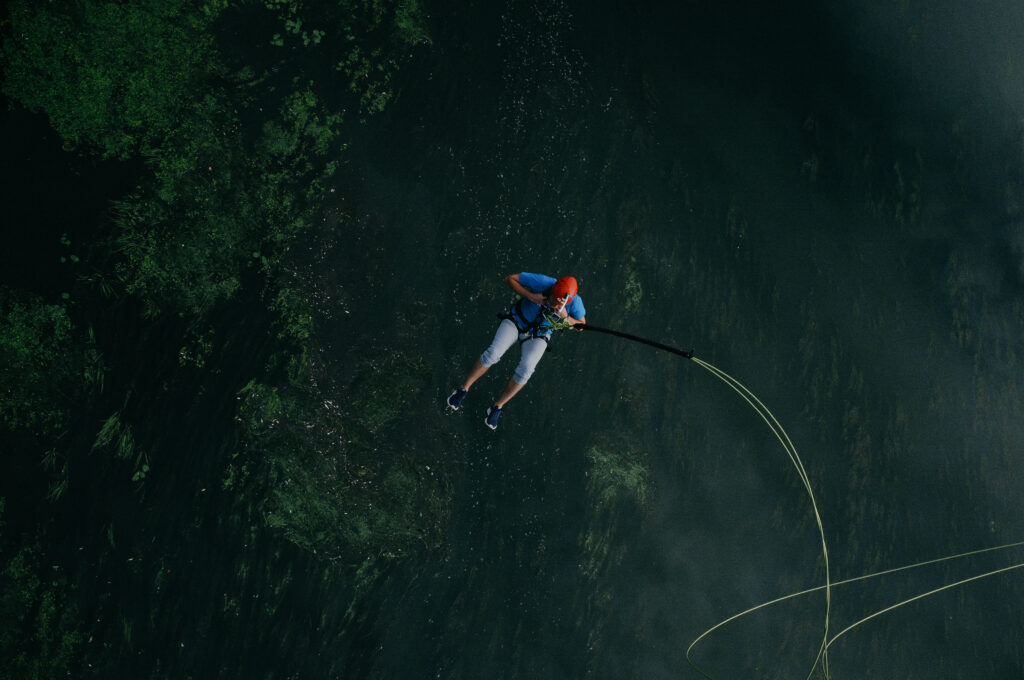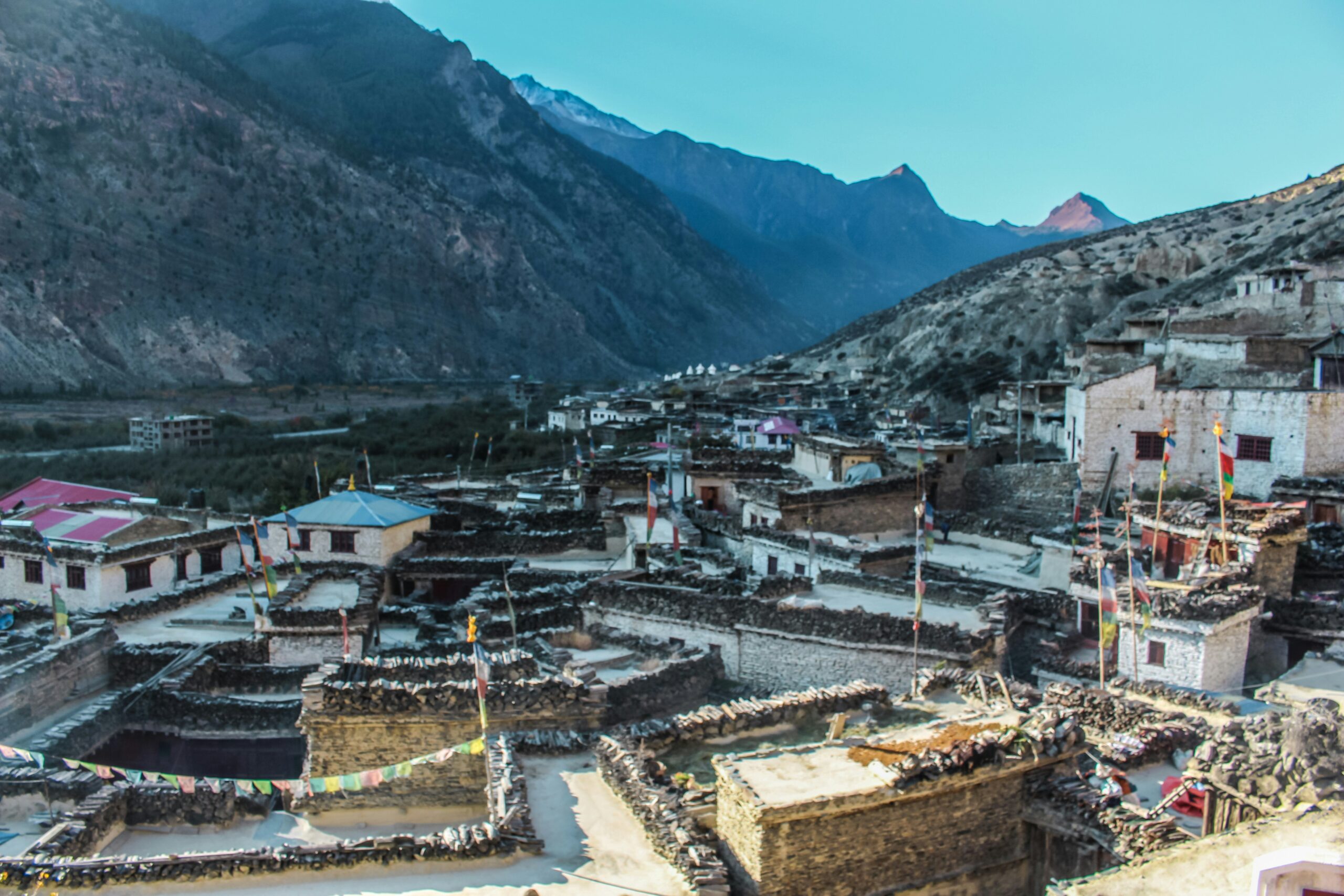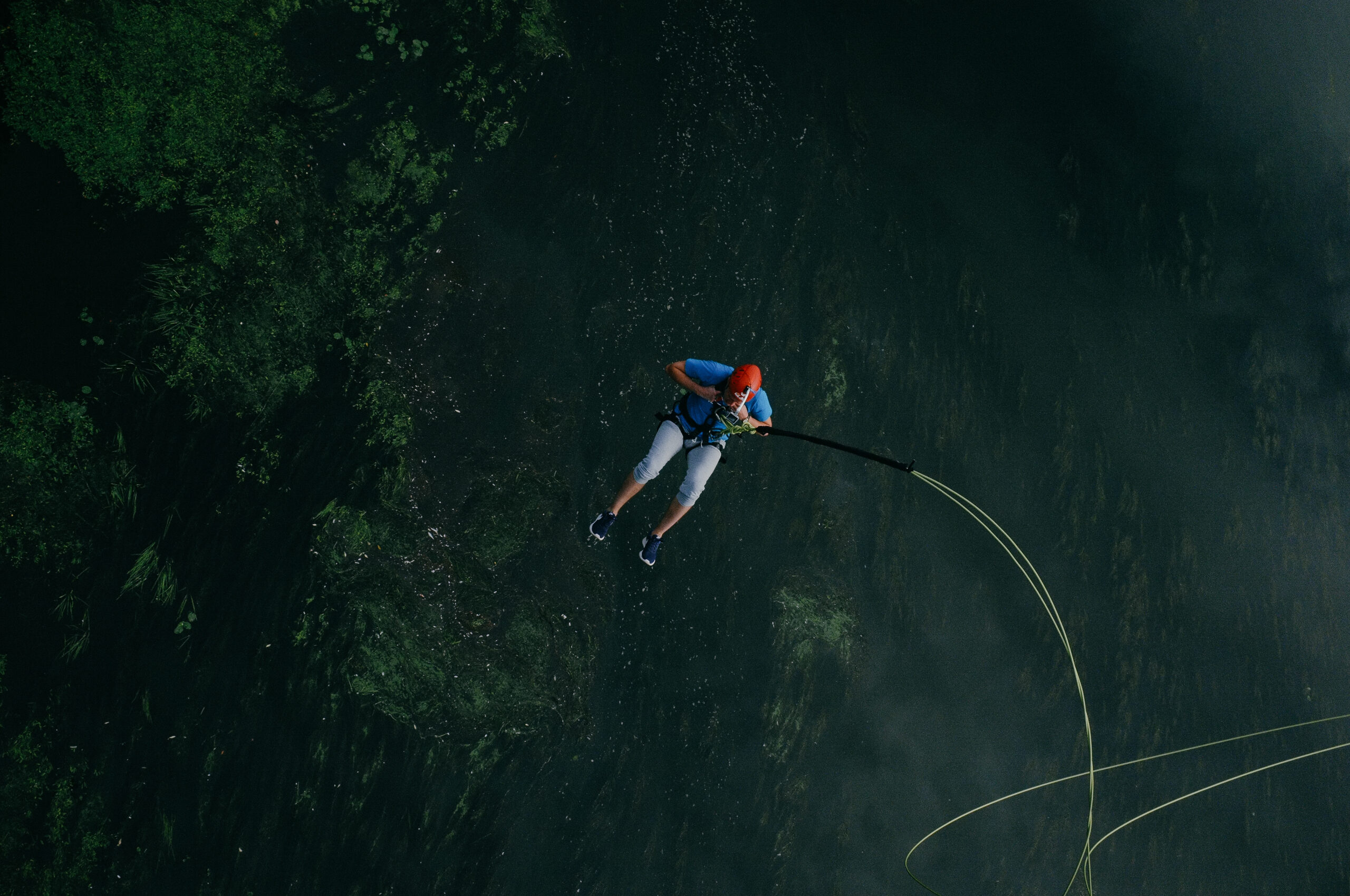Most travelers come to Nepal during peak seasons like spring (March–May) or autumn (September–November). But did you know that visiting Nepal in the off-season — the summer monsoon or winter months — can be just as magical, with fewer crowds and unique experiences?
Here’s why the off-season might be the best season for you.
🌧️ 1. Fewer Crowds, More Peace
Popular spots like Pokhara, Kathmandu, and trekking trails are much quieter. You’ll enjoy a more personal experience at temples, heritage sites, and viewpoints without the rush of peak-season tourists.
💸 2. Budget-Friendly Travel
Hotels, flights, and tour packages are usually cheaper during the off-season. This means more savings — or more chances to upgrade to luxury stays and activities!
🌿 3. Lush Green Landscapes
During the summer monsoon (June–August), Nepal’s hills turn bright green. The rain brings life to the valleys, rice fields, and forests — making everything look vibrant and fresh, especially in places like Bandipur, Ghandruk, and Chitwan.
🕊️ 4. Authentic Local Experiences
With fewer tourists around, local interactions feel more genuine. Whether it’s chatting with a guide or sipping tea in a village homestay, you’ll enjoy more meaningful connections.
❄️ 5. Winter Views Are Crystal Clear
Winter (December–February) offers the clearest mountain views. Though it’s cold in high altitudes, places like Nagarkot, Sarangkot, and even Kathmandu Valley get crisp skies and stunning Himalayan panoramas.
✨ Conclusion
Nepal during the off-season is calm, beautiful, and surprisingly rewarding. If you’re flexible with weather and want a more peaceful, affordable, and authentic journey — this is your perfect time to visit.
Ready to explore Nepal differently? Let us help you craft your off-season adventure.






